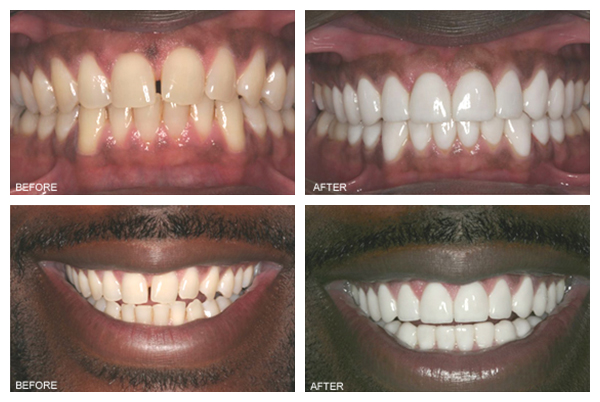1. It should not be irritating to the tissue to which it is applied.
2. It should not cause any permanent alteration of nerve structure.
3. Its systemic toxicity should be low.
4. It must be effective regardless of whether it is injected into the tissue or applied locally to mucous membranes.
5. The time of onset of anesthesia should be as short as possible.
6. The duration of action must be long enough to permit completion of the procedure yet not so long as to require an extended recovery.
7. It should have potency sufficient to give complete anesthesia without the use of harmful concentrated solutions.
8. It should be relatively free from producing allergic reactions.
9. It should be stable in solution and readily undergo biotransformation in the body.
MOLECULAR BASIS OF LOCAL ANESTHESIA:
All local anesthetic agents used in dentistry work by obstructing the exchange in Na+ permeability, which is essential for the initial phases of a neuronal action potential. This mechanism prevents the development and propagation of the action potential by preventing the wave of depolarization.
FAILURE OF ANESTHESIA:
Failure of local anesthetics to achieve profound analgesia may be related to:
1. inaccurate anatomic placement of local anesthetic solution
2. placing too little solution
3. allowing insufficient time for it to diffuse and take effect
4. injecting into inflamed or infected tissues
5. using an outdated or improperly stored anesthetic solution.
It is recommended that a local anesthetic not be injected in infected tissue because of the risk of spreading the infection and the increased probability of achieving less than effective anesthetic results owing to the low pH within the infected tissue maintaining the ionized, nonlipid-soluble state to the anesthetic.
COMPLICATIONS OF LOCAL ANESTHETICS
Complications of local anesthetic administration include both local effects and systemic effects.7 Local complications include:
1. Spread of infection: occasionally infection may be spread into the tissues by the needle passing through a contaminated tissue or by the needle being contaminated before use.
 4. Blockade of the facial nerve: if the injection is given
in close proximity to the facial nerve, a motor blockade
causing temporary paralysis of the muscles of facial
expression may occur. The effect may last for 1-
2 hours. In such circumstances, the desired branch of
the trigeminal nerve will not be anesthetized, and a
subsequent injection will be required at the correct
anatomic location to achieve the desired effect.
4. Blockade of the facial nerve: if the injection is given
in close proximity to the facial nerve, a motor blockade
causing temporary paralysis of the muscles of facial
expression may occur. The effect may last for 1-
2 hours. In such circumstances, the desired branch of
the trigeminal nerve will not be anesthetized, and a
subsequent injection will be required at the correct
anatomic location to achieve the desired effect. Systemic complications include:
1. Regional or systemic infection: the spread of infection within the perioral tissues can be potentially spread through planes of the head and neck by passage of a needle through an infected area.
2. Endocarditis risk: injections such as the intraligamentary injection can force bacteria into the systemic circulation and cause bacterial endocarditis.
3. Cardiovascular disease: patients with ischemic heart disease (angina pectoris, previous myocardial infarction) or who have had previous cardiac surgery or circulatory dysfunction such as cardiac failure, show higher plasma levels of lidocaine when compared with healthy subjects given the same dose. Therefore it is recommended that the maximum safe dose be halved in such patients.8 Low plasma potassium levels and acidosis also potentiate adverse effects of local anesthetics on the myocardium.7
4. Liver disease: patients with reduced hepatic function may exhibit an abnormally decreased rate of metabolism of amide local anesthetics, resulting in potentially toxic blood levels. Dosage levels must therefore be reduced for these patients.
5. Pseudocholinesterase deficiency: local anesthetics of the ester type (eg, procaine) should be avoided in patients who have this rare familial enzyme defect as metabolism of these drugs is impaired. Ester-type local anesthetics are no longer routinely used for dental procedures.
References
Bahl, R. ( 2003). Local Anesthesia in Dentistr. Anesth
Prog, 139, 140, 141, 142.
Malamed, S. F. (2004). HANDBOOK OF LOCAL
ANESTHESIA. Elsevier’s Health Sciences Rights Department.
LOCAL ANESTHESIA
Unknown
Wednesday, August 31, 2016
